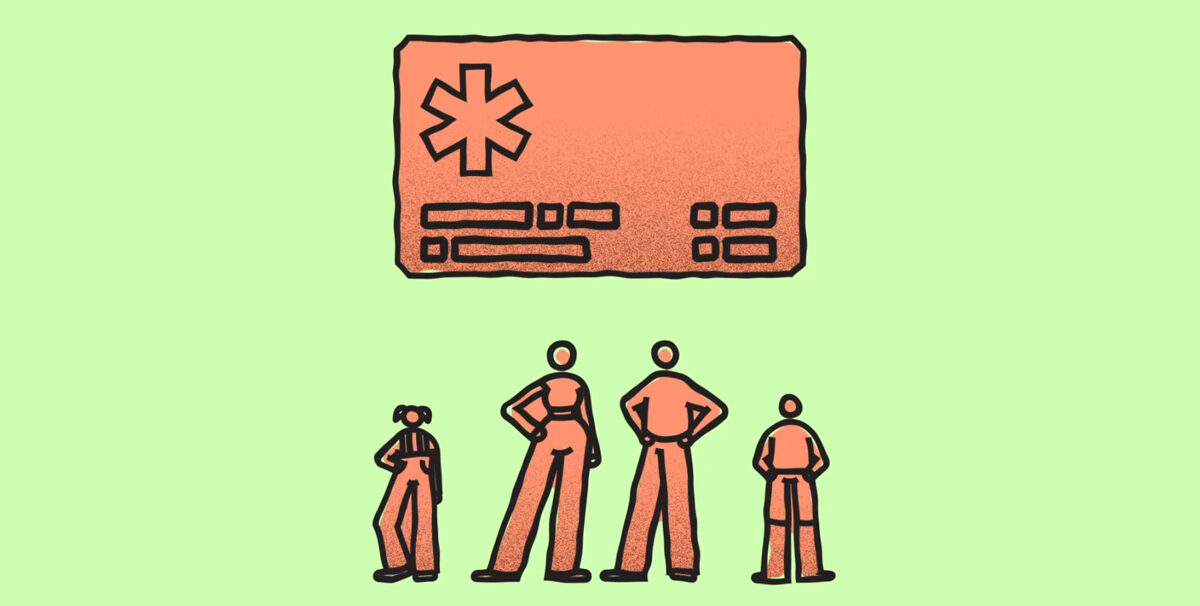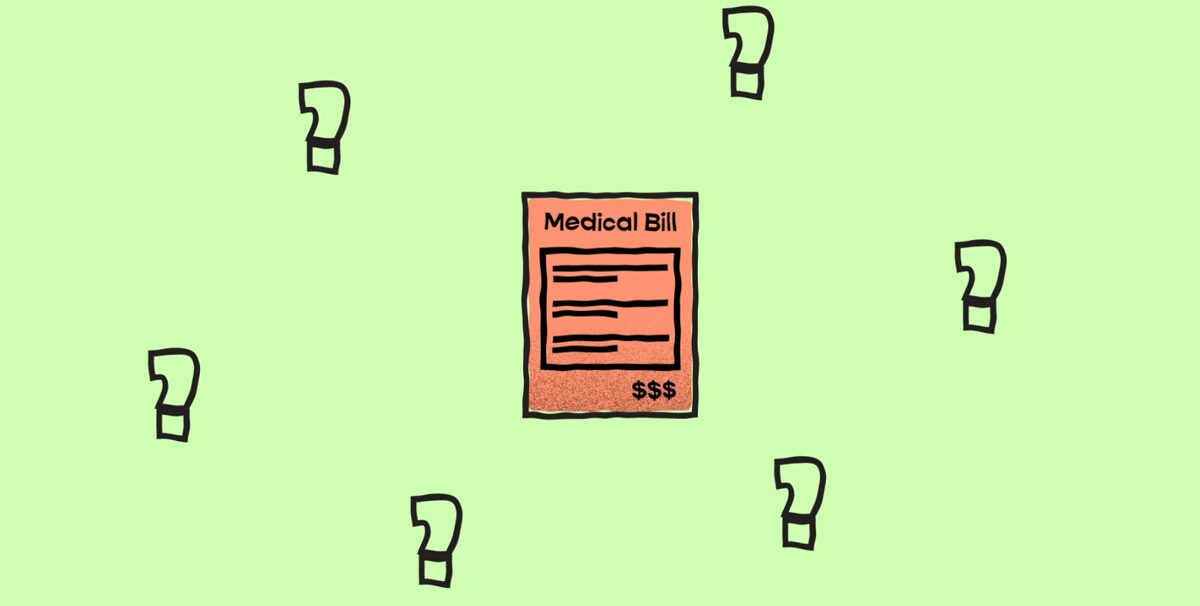The Mediterranean Diet
For the eighth consecutive year, U.S. News & World Report named the Mediterranean diet the world’s best overall diet. This diet can help support brain function, promote heart health and regulate blood sugar levels. Research also suggests that this well-balanced eating pattern can help prevent some chronic diseases and increase longevity. The winning meal plan emulates how people in the Mediterranean region have traditionally eaten, focusing on whole grains and heart-healthy fats. These foods are encouraged in the diet:
- Fruits (e.g., apples, bananas, grapes, melons, oranges, peaches, pears and strawberries)
- Vegetables (e.g., artichokes, broccoli, Brussels sprouts, carrots, cucumbers, kale, onions, spinach and sweet potatoes)
- Nuts and seeds (e.g., almonds, cashews, hazelnuts, macadamia nuts, pumpkin seeds, peanut butter, sunflower seeds and walnuts)
- Legumes (e.g., beans, chickpeas, lentils, peanuts and peas)
- Whole grains (e.g., barley, buckwheat, brown rice, oats and whole-wheat bread and pasta)
- Fish and seafood (e.g., crab, mussels, oysters, salmon, sardines, shrimp, trout and tuna)
- Herbs and spices (e.g., basil, cinnamon, garlic, mint, nutmeg, rosemary and sage)
- Healthy fats (e.g., avocados, avocado oil, extra virgin olive oil and olives)
The meal plan also encourages poultry (e.g., chicken, duck and turkey), eggs, cheese and yogurt in moderation. Sweets, red meat and other highly processed foods should be limited.A nonrestrictive healthy eating regimen such as the Mediterranean diet may be easier to follow and stay committed to. After all, you can start building Mediterranean-inspired meals with foods you already love or by incorporating more fruits and vegetables into your meals and snacks.
Building Heart-Healthy Habits
Heart disease is the leading cause of death in the country for both men and women, accounting for 1 out of every 5 deaths. Cardiovascular disease and the conditions that lead to it can happen at any age. Some types of heart disease include arrhythmia, heart failure, heart attack and stroke. A heart-healthy lifestyle can reduce the risk of heart disease, and small changes can make a difference. Consider incorporating these practical tips:
- Get screened. A heart disease screening checks your blood pressure, cholesterol and blood glucose levels. If you don’t know these numbers, a baseline screening is a starting point for monitoring your health.
- Eat healthy. It’s crucial to control portion sizes and consume a balanced diet full of fruits, vegetables, whole grains and protein. Limit fast, fried and processed foods, saturated and trans fats, and sodium.
- Be active. It’s important to engage in aerobic activity for at least 150 minutes weekly and muscle-strengthening activities two times per week. Flexibility workouts, such as stretching and balance, support musculoskeletal health and can help you keep up with your exercises.
- Avoid or quit smoking. Nicotine raises blood pressure, so quit smoking or vaping. Breathing secondhand smoke also affects your heart.
February is American Heart Month, which is a great time to take charge of your heart health and get screened. Your doctor can also provide more information about heart health and warning signs
Benefits of Strength Training
Strength training, or resistance training, is gaining popularity for its long-term health benefits. It involves using body weight or equipment like free weights, kettlebells, and resistance bands to build muscle and endurance. Recommended at least twice a week alongside aerobic exercise, strength training benefits everyone, not just athletes. It helps with daily tasks—like climbing stairs, lifting objects, and doing chores—especially as you age. Regular strength training can lead to the following:
- Increased muscle mass & stronger bones
- Boosted metabolism
- Better flexibility & mobility
- Reduced risk of injury or falls
- Decreased risk of heart disease & diabetes
- Elevated mood, self-esteem & brain health
The Practice of Holding Space
“Holding space” may be trending, but it’s not a new concept. It means being fully present for someone, allowing them to feel seen, heard, and valued, without trying to fix their problems. Mental health professionals note that this practice can reduce stress, anxiety, and depression. It creates a safe environment for individuals to process emotions, gain clarity, and feel supported, especially during grief, stress, or personal growth. By holding space, you help others navigate challenges and find their own solutions. Here are some ways to practice holding space for others:
- Be present – Give the person your full attention and remove distractions like your phone.
- Listen actively – Your goal is to listen to understand, not to respond. Show engagement by nodding, maintaining eye contact, and using phrases such as “I see” or “That sounds tough.”
- Validate feelings – Acknowledging their emotions and letting them know it’s ok to feel what they’re feeling is important.
- Offer support – Ask how you can support them. Sometimes, just being there and listening is enough, but other times, people might need help or advice.
- Respect the process – Everyone processes emotions differently, so respect their pace and avoid rushing them to feel better or move on
Using the 5-4-3-2-1 Technique for Anxiety
The 5-4-3-2-1 grounding technique is a mindfulness exercise that uses your five senses to help you focus on the present moment. Paying attention to your surroundings can interrupt anxious thoughts and bring your mind back to the present. To ground yourself with this technique, identify the following items:
- Five things you can see
- Four things you can feel
- Three things you can hear
- Two things you can smell
- One thing you can taste
As you describe each item, you can say them out loud or quietly to yourself in your mind. Engaging your senses can create a mental distraction, which calms your mind and body. Consider these tips when practicing the 5-4-3-2-1 method:
- Be as specific as possible.
- Take your time, and don’t rush through the steps.
- Practice this exercise regularly so it becomes more effective.
- Use this technique anywhere as a discreet way to manage anxiety on the go.
- Pair it with deep breathing for a more calming effect.
This technique can become a valuable tool with regular practice and mindful attention.





